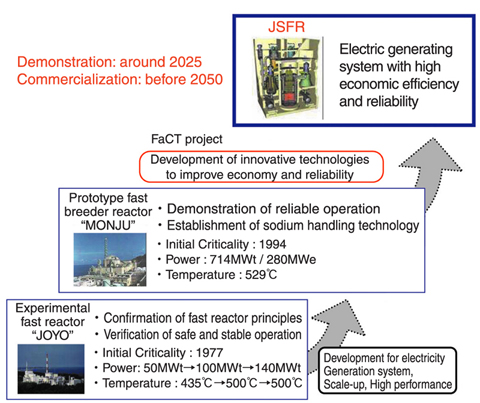
Fig.1-2 Steps to commercialization of Fast Reactor in Japan
Fig.1-3 Approaches to reduce construction cost
In the FaCT project, we are carrying out a design study of an advanced loop-type sodium-cooled fast reactor (FR), namely the Japan Sodium-cooled Fast Reactor (JSFR), and related research and development (R&D), aiming for it to be economically competitive with future light water reactors by taking advantages of the loop-type reactor's merits in maintenance, repair, fabrication and construction.
Japan is aiming to commercialize FRs by utilizing experience accumulated through the design, construction, and operation of the experimental fast reactor "JOYO"and the prototype fast breeder reactor "MONJU", and attempting to apply to JSFR innovative technologies to improve economic efficiency and reliability (Fig.1-2).
Fig.1-3 shows approaches to reduce construction cost. In the JSFR design, the cooling system is simplified by a two-loop configuration satisfying the high flow velocity conditions in large-diameter pipes with electricity generation of 1,500MWe, as well as by piping shortened with high-chromium steel. Efforts to realize a compact reactor vessel (RV) are made by, for example, removing the space conventionally provided for refueling in the upper internal structure (UIS), and moving this inside the RV. These innovative technologies are attempted to reduce the commodity. We are pursuing considerable reduction of construction cost by scale merits, a twin plant configuration and the learning effect.
Enhancement of safety is always required at all development stages, and JSFR is equipped with safety systems to accomplish the rapid reactor shut down and the secure decay heat removal in emergencies. We are developing innovative technologies using only passive safety functions to avoid core disruptive accidents (CDAs), and, to contain the consequences of a CDA within the RV. We are also pursuing higher reliability by adopting a double boundary concept for the piping to strengthen the design measure against sodium leaks, and a reactor system of simple configuration with shorter welding lines which make inspection targets easy to access and reduce inspection load.
We have carried out experimental studies to elucidate various thermal-hydraulic phenomena induced by high flow velocity of sodium in a compact RV, so that the effectiveness of the design measures against these phenomena is confirmed. Full scale tests of the fuel handling machine moving fuel in a slit made in the UIS to eliminate the space needed for transferring the UIS during refueling, as well as development of equipment to test the reactor internal structural elements in sodium, are being carried out, and the obtained results are being steadily applied to the plant design.
We will steadily continue the design study and the development of elemental technologies, aiming toward the commercialization of FRs around 2050.
<Previous: 1 Research and Development of Advanced Nuclear System | Next: 1-2 >